Learn to Grow Salvias in Your Garden with Minimal Care
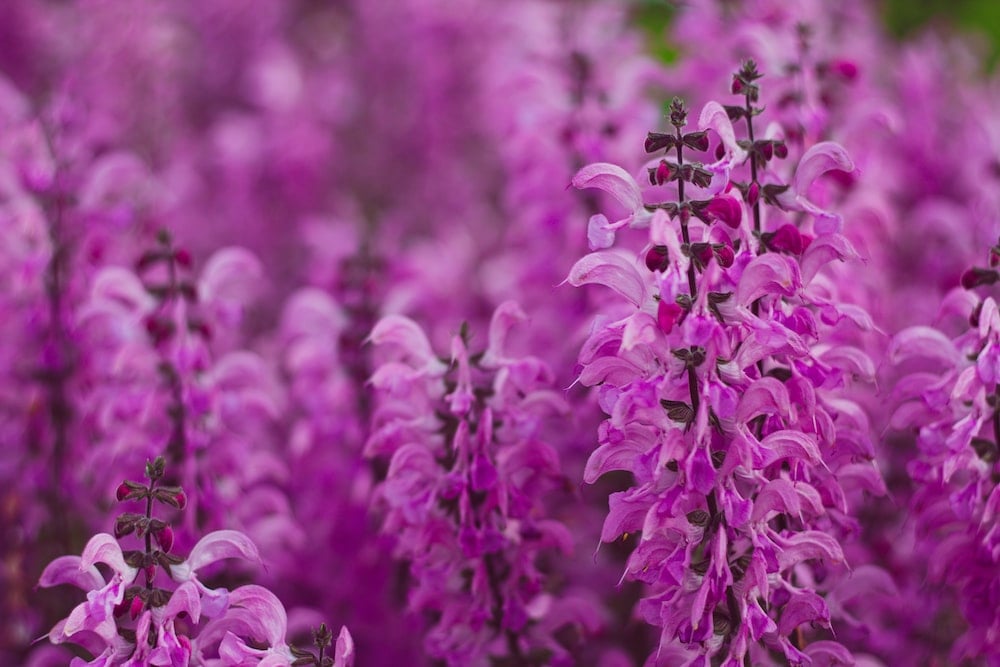
Table of Contents
The popular culinary herb Salvias is from the Mediterranean and Middle Eastern regions. However, not all salvia plant varieties are edible; some are only ornamental additions to the herb garden. Whatever kind you decide to grow, salvias are a straightforward plant that can be counted in any garden by the growers. This plant is sometimes known as Sage and is a frequent component in the midsummer yards. It produces fragrant blooms for a longer time which bees and butterflies like.
It is practically impregnable as a perennial and also resistant to deer and rabbits. This plant is a great choice if the planters are really interested in bringing in these gorgeous pollinators because of its tubular blossoms, which hummingbirds, bees, and butterflies all adore. Luckily, salvias plants usually repel deer and rabbits since their strong and pungent perfumes serve as a deterrent to garden pests.
Moreover, it blooms in a variety of colours, including white, dark purple, scarlet, pale pink, magenta, and dark blue, on spikes of tubular-lipped flowers.
How to Grow Salvia Plants
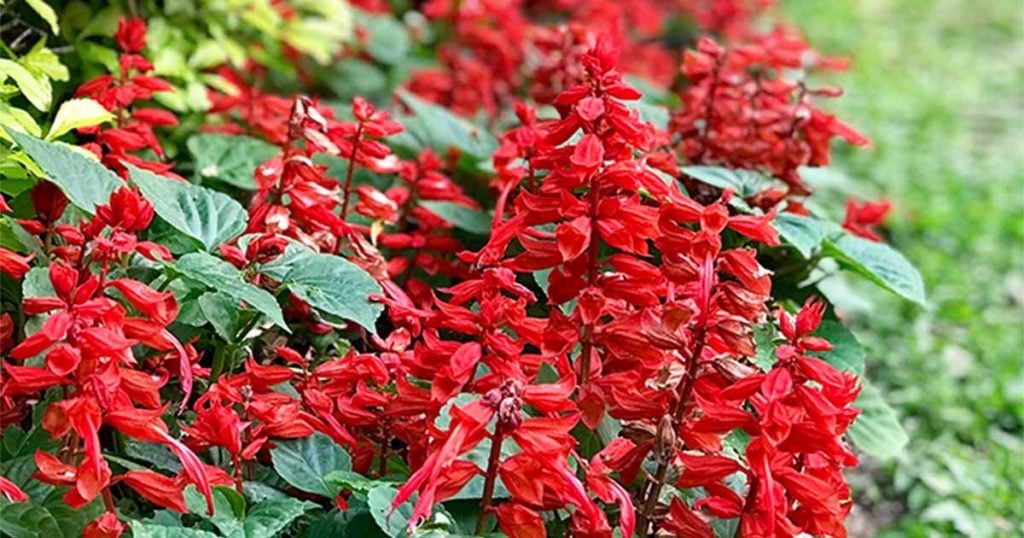
These plants should be planted last May or in June beginning because by then, the threat of late frost would have passed. If you buy a plant in the autumn season, it is best to leave it in its pot or container somewhere that will not freeze and then plant it in the ground the following spring in order to prevent it from dying during a cold, wet winter. Now, here is the process to understand how exactly they should be planted.
- Loosen the soil and then add compost to it
- Make a hole that is two times as wide as the root ball
- Extract the plant from the container and keep it in the hole with the top of the root ball flush with the surface
- After firmly packing the soil around the plant, backfill the hole with it
- Give the plant plenty of water
When to Plant Salvias
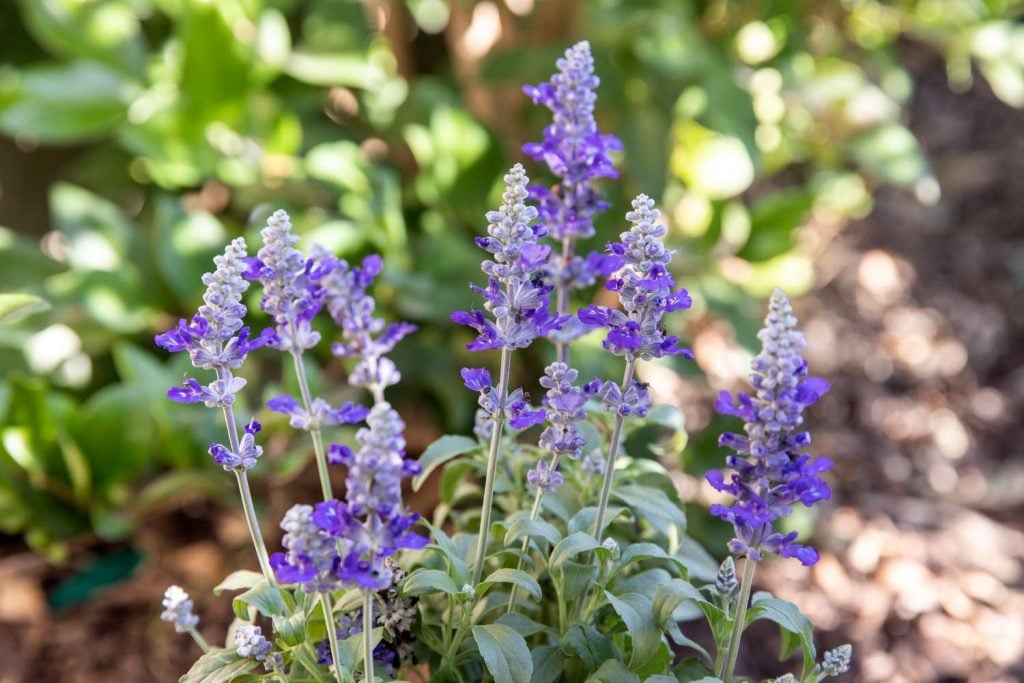
After the threat of frost has gone and the temperature of the soil has risen to at least 55 degrees Fahrenheit, it is best to plant them in the spring. Before growing salvias, it is recommended to make the necessary soil changes. Salvia plants have a tendency to do better when planted in garden beds as opposed to containers or pots. This is because they can get fairly huge.
Where to Grow Salvias
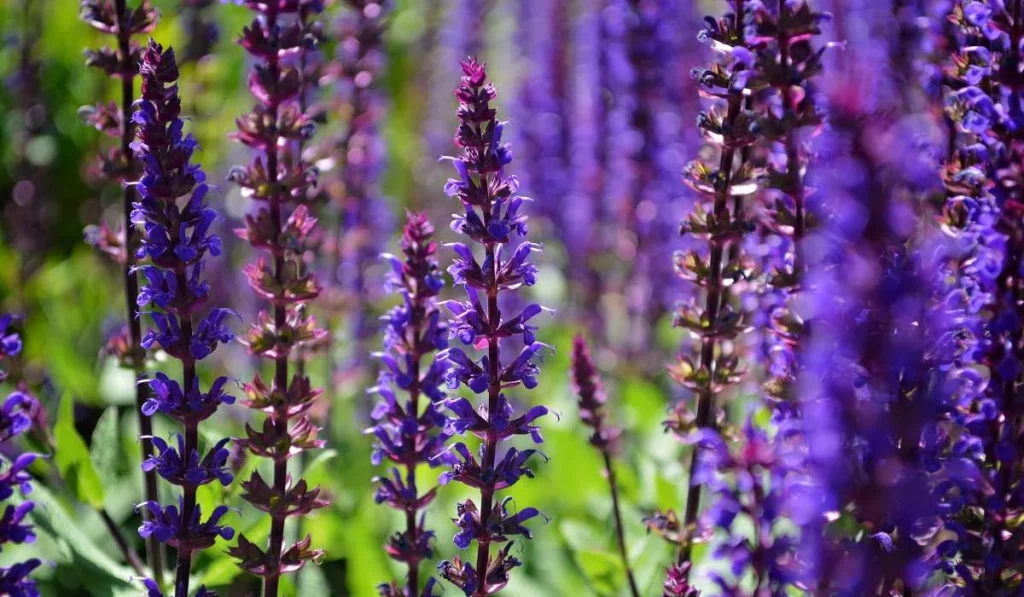
They can grow in dry, rocky, or poor soil, but generally, they prefer soils that drain really well. It favours hotter environments and needs direct exposure to sunlight for about 6 to 8 hours every day. However, they can still grow in some shaded areas. Too much shade might prevent them from producing as many flowers as it usually produces. Salvia takes a lot of space to spread out and loves a south-facing exposure a little more.
How to Cut Salvia
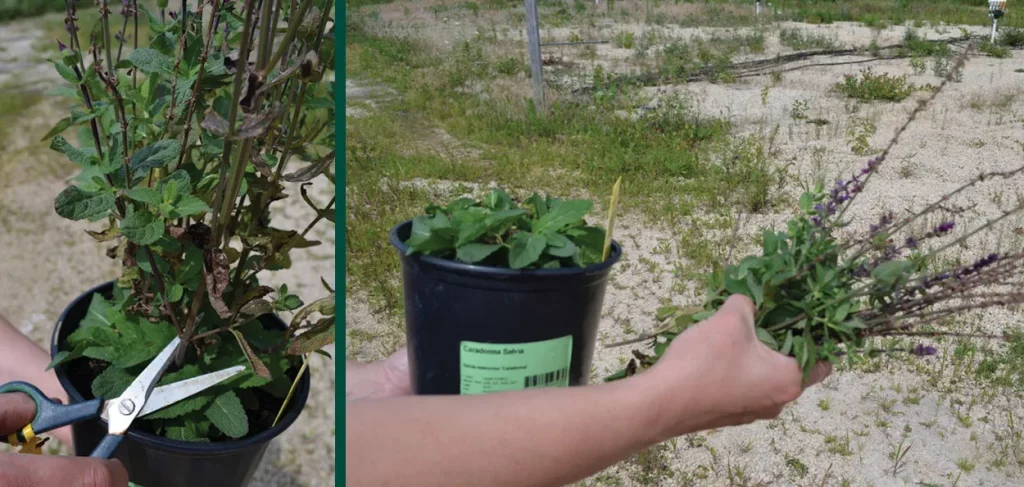
Cutting salvias is a fantastic technique for growing fresh plants in the garden. What the planter should do while ensuring the better cuttings of these is to remove the bottom leaves from the non-flowering stems that are approximately 8 cm long before selecting them for cuttings. Make the cutting just beneath the nodes, position them in a pot of compost that has been pre-watered, and then cover a pot with a clear plastic bag. During all these processes, planters need to avoid touching the foliage. These cuttings should be placed in a cold greenhouse with some shade to prevent burning from direct sunlight. It will ensure their readiness to be prepared after three weeks. Planters can quickly and easily make new plants using this simple method.
How to Take Care of Salvia Plants
There are a few things for gardeners to keep in mind if they want their garden to flourish with beautiful salvia plants, whether it is to water them or to prune them.
1. Water it Properly
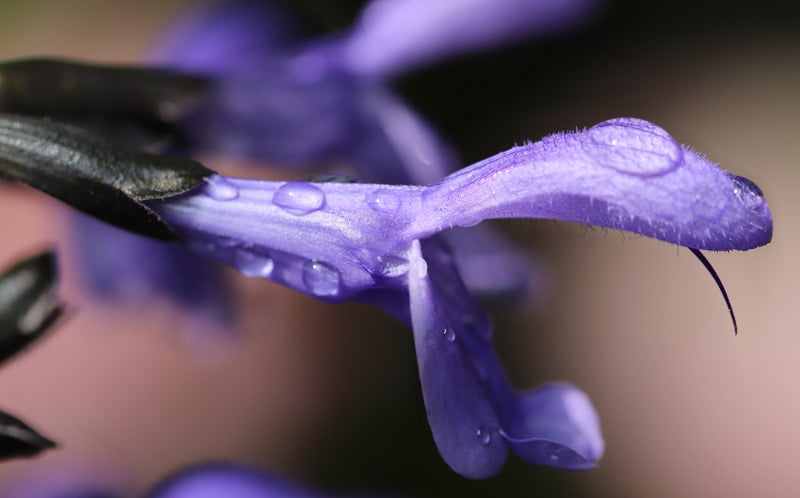
Since we know that salvias are drought-tolerant plants that do not require any further frequent watering after they have established enough, they do not like to have moist roots, and thus it is crucial to let the soil dry out between waterings. It can withstand dry spells and recover from droughts, but it thrives with routine watering. Keep a watch for symptoms of stress like collapsed leaves, dry or flaking soil, or bending stems to determine whether the plants need watering. When watering, try watering the base of the plants in the early morning or late so that the soil can dry out enough to prevent the problem brought on by overwatering.
2. Apply Fertilizer
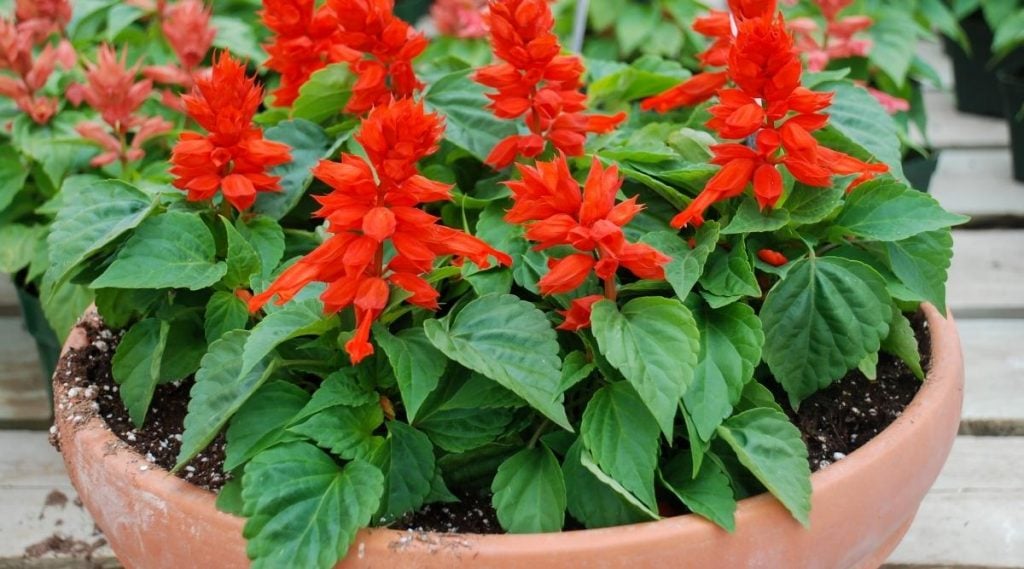
Salvias are low-maintenance, may thrive in unfavourable conditions, and are said to be light feeder, so it typically does not need fertilization. However, when planting in the spring, it can profit from the addition of compost or general-purpose fertilizer with an equal mixture of nitrogen, phosphate, and potassium. This plant normally does not need fertilization in the summer, although a monthly half dose can encourage blooming. It is also advised to deadhead them once the flowers have faded in order to promote additional blooms.
3. Pruning Technique
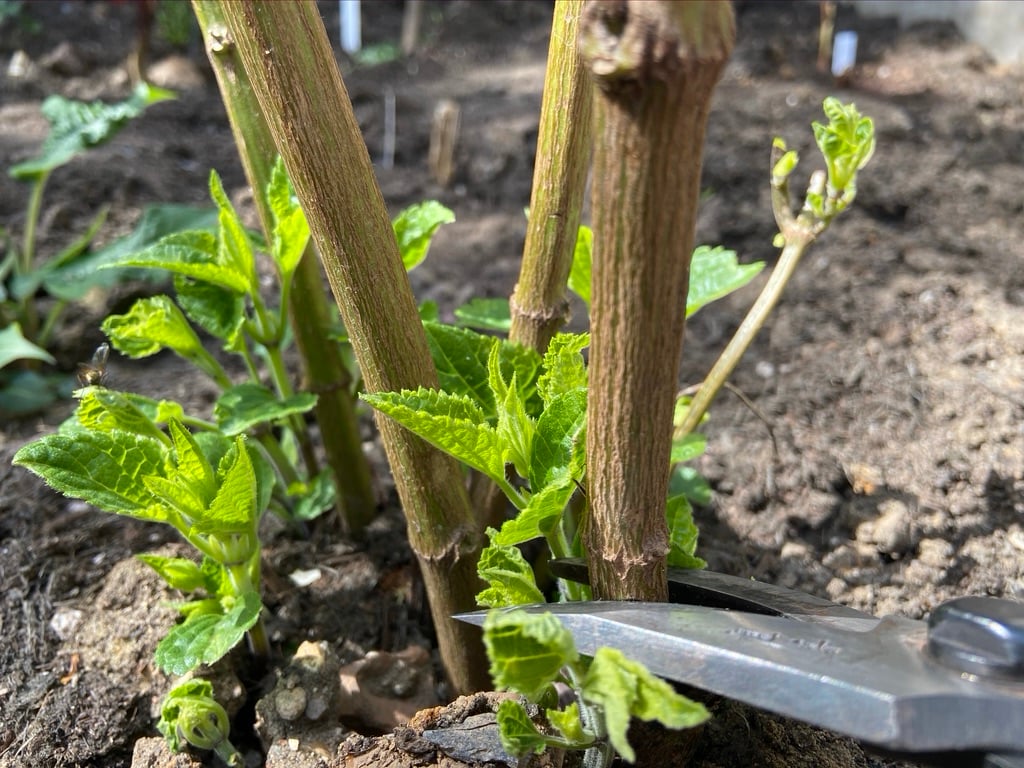
Annual Salvias do not need to be clipped, but deciduous herbaceous perennials should be. Shrubby ones should be pruned by about one-third in the spring in order to prevent them from getting untidy or messy. It is also mostly recommended to the growers or the gardeners that they should deadhead the faded blooms and shape them during the season of summer, which would later result in fresh bloomings from these plants.
4. Propagating Salvias
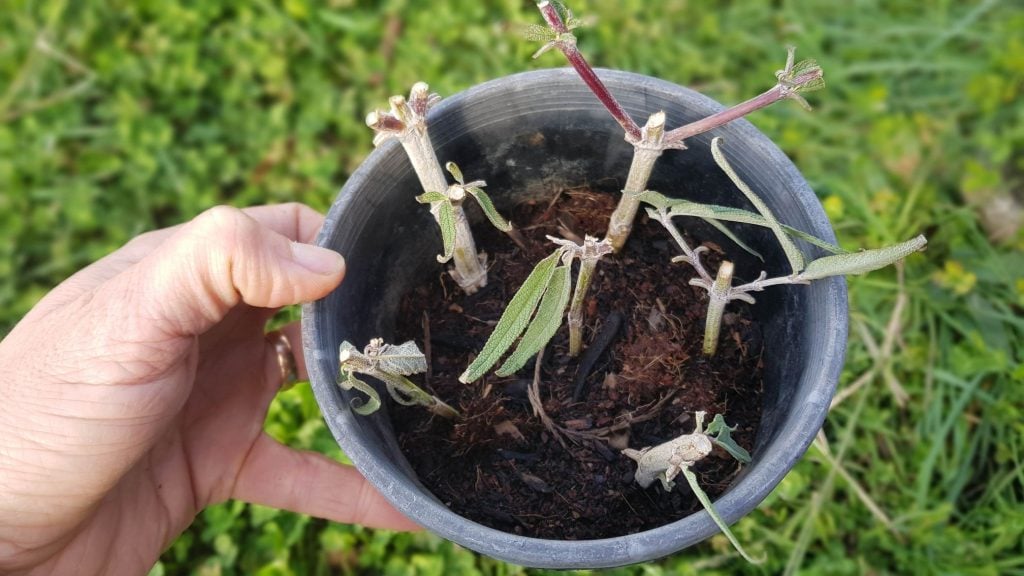
These plants can be propagated through the process of cutting or dividing. Non-flowering stems, or branches can be taken for making the cuttings. After stripping the lower leaves and chopping the part situated below the node, planters need to place the chopped part in a pot containing compost, wrap the plastic bag around it and provide protection from the direct sunlight in a cool greenhouse. Perennial salvia can be divided by making the plant grow for about 2 to 3 years, and then it should be separated for the new shoots. Some varieties of salvia are self-seeded, but most of the part, propagating the plants or shoots can be done through cutting or division.
5. Flopping Salvias
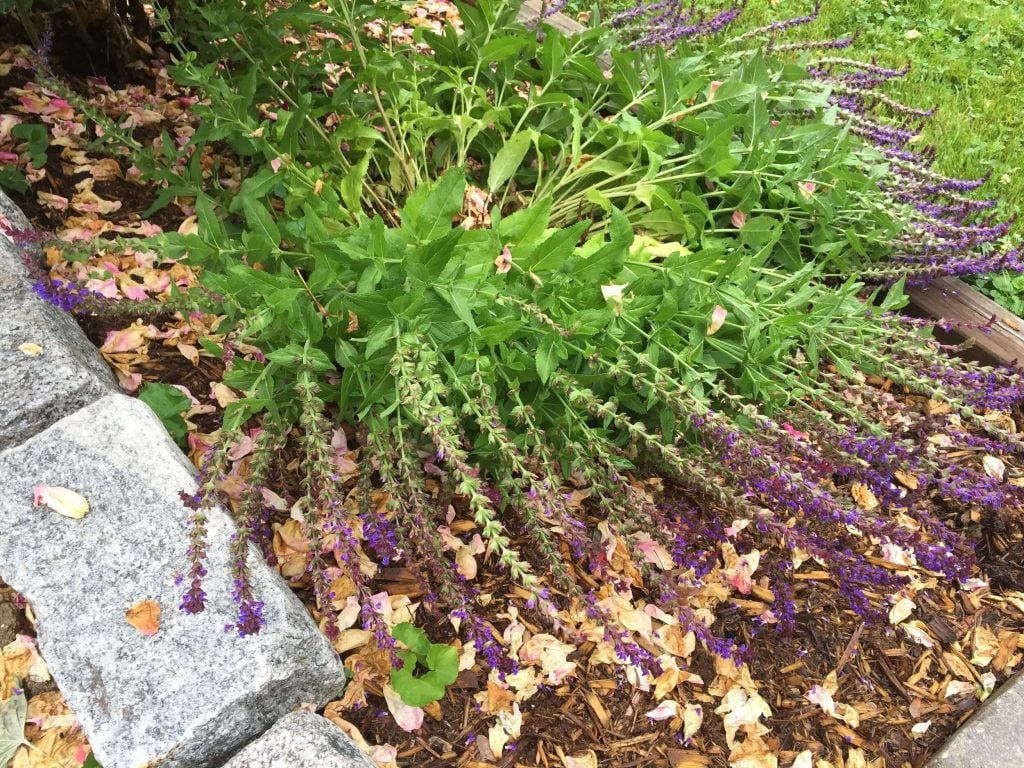
Salvia can fail due to distinguished reasons, including excessive watering, inadequate sunlight exposure, or over-fertilization. Gardeners can use support structures or deadhead or prune the flowers to encourage new growth to treat thin, lean, or flopped salvia, while some of them might interpret it as a clue to trim or divide the plant in order to preserve its structure and encourage strong development.
6. Disease and Pests Control
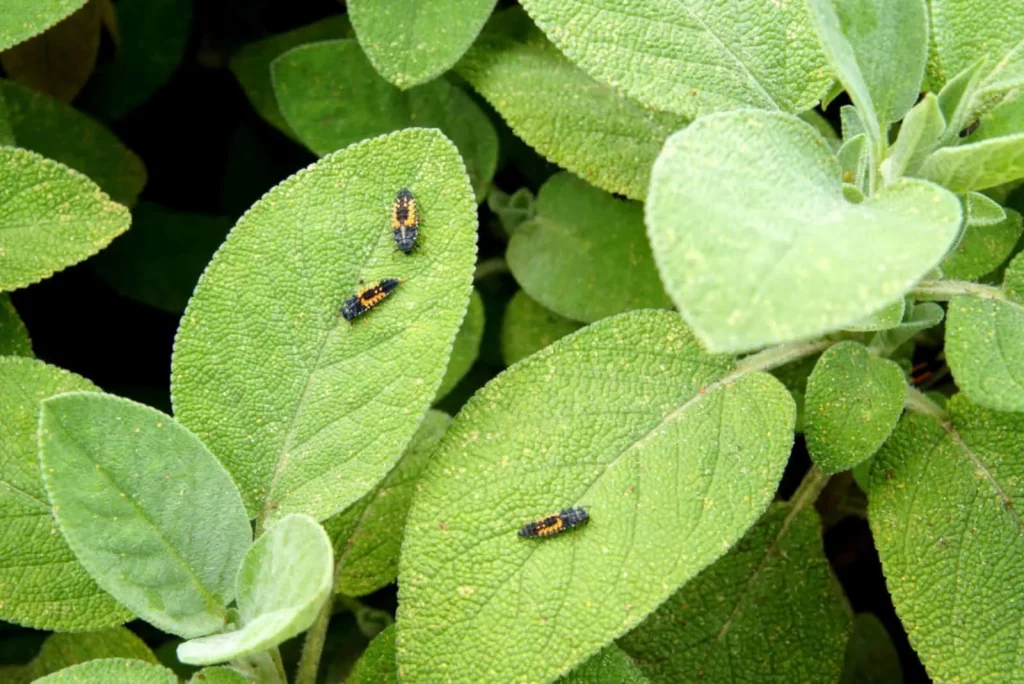
Generally, these plants are disease-resistant but also are susceptible to a number of ailments, including powdery mildew, stem and root rots, aphids, spider mites, whiteflies, etc. Usually, because of moist conditions, it happens that powdery mildew appears as a greyish-white powdered substance on the leaves. Poor soil drainage generates too much moisture at the roots, which promotes the rotting of stems or the roots. Furthermore, it results in limp and black stems. Too much moisture in the soil often results in discolouring and decaying of flowers.
Four Major Variety of Salvias
1. Shrubby & Tender Perennials
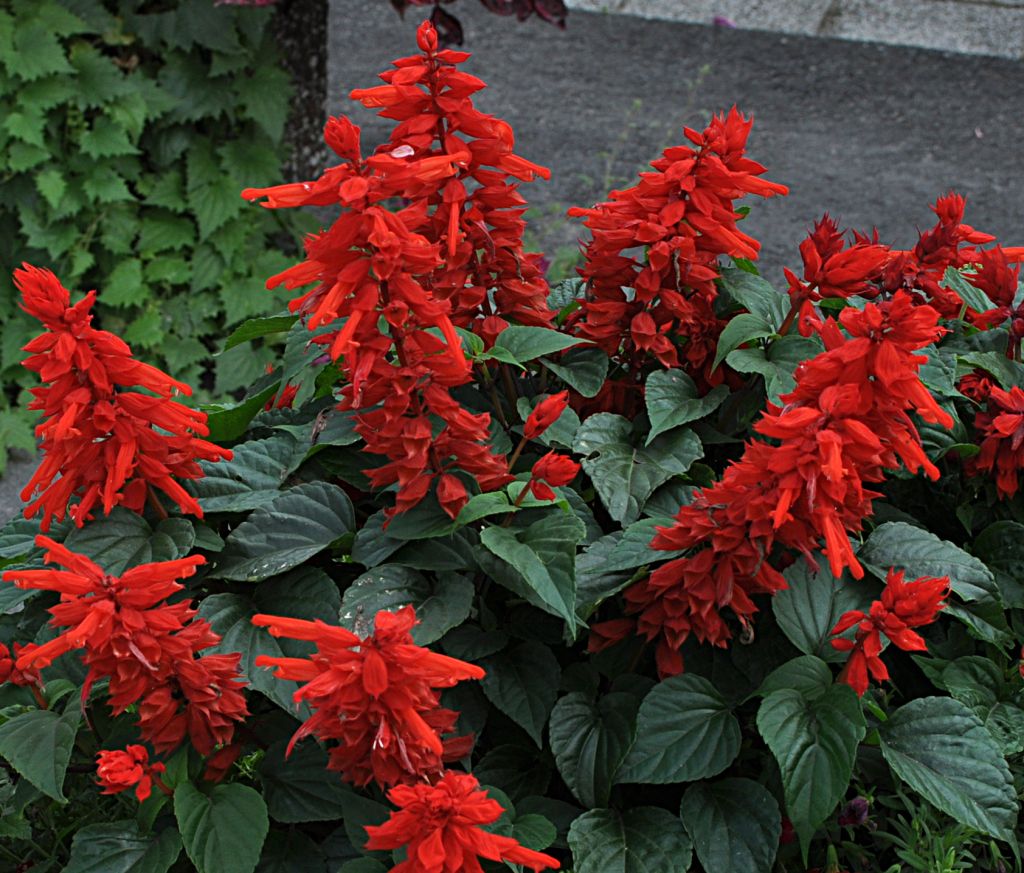
Sub-shrubs called shrubby salvias have woody stems. Almost all of these plants are hardy, and some of them can survive mild winters by being evergreen. However, they might need some winter protection. Although these types have the ability to come back every year, they may need some cover over the winter because they are not entirely resistant to harsh circumstances.
2. Herbaceous Perennial & Annuals
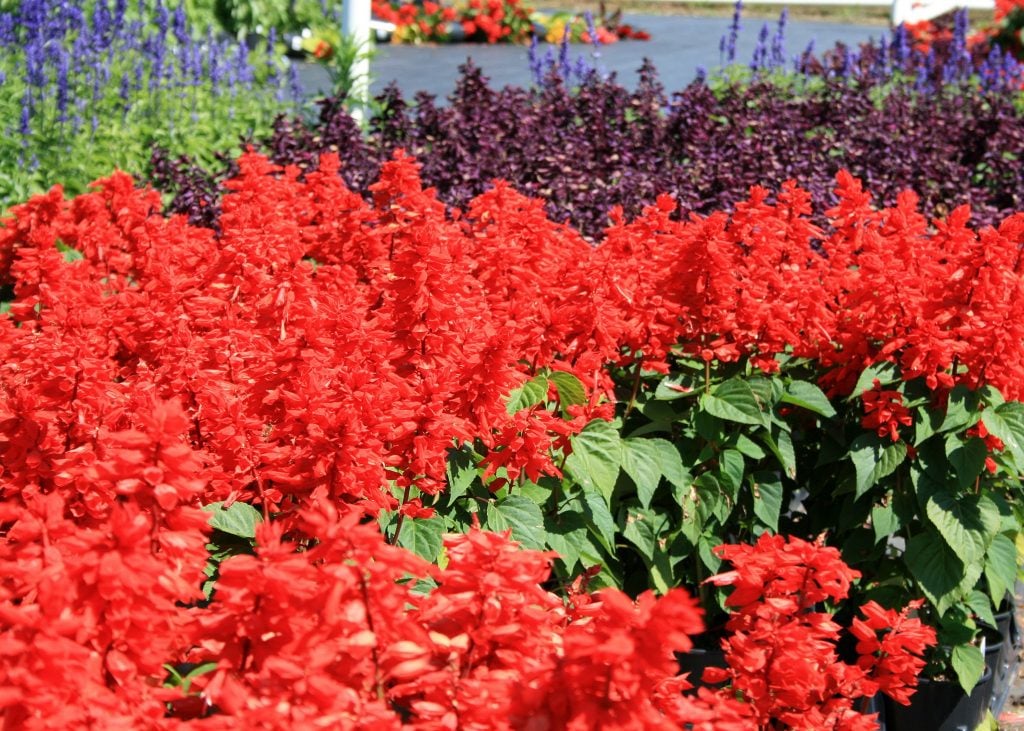
These types of salvias are considered to be among the toughest ones, and that is because they have the tendency to reappear every year. Annual ones are the types that are grown annually and also are often grown as eye-catching summer bedding plants that are removed after the growing season.
Some Safety Precautions for The Gardeners
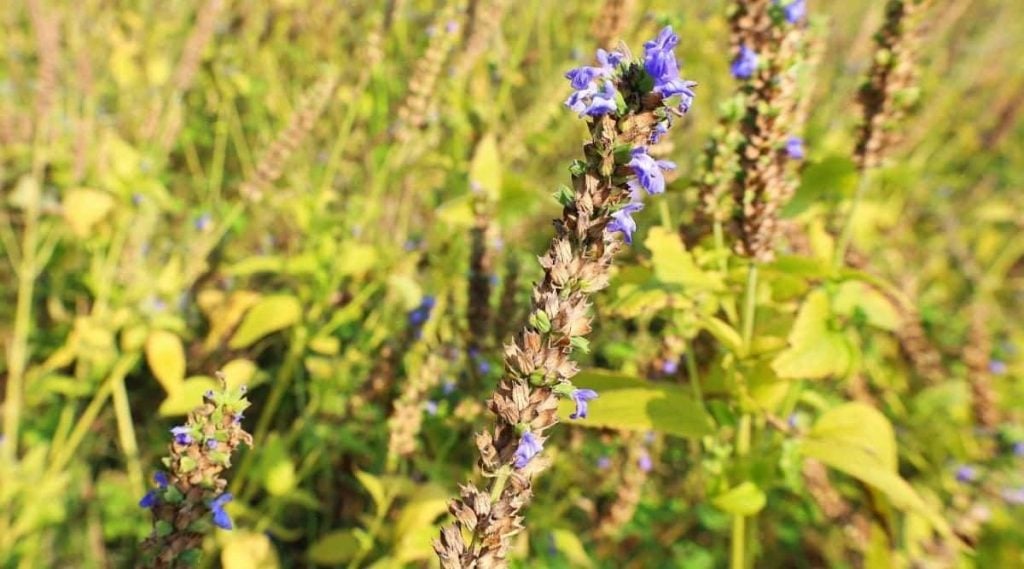
In general, salvias are safe for both pets and people, but there are some varieties of these, like Salvia Splendens; they contain toxins that can be harmful in case ingested by pets. Certain other varieties of salvia, if smoked or chewed, can cause hallucinogenic effects, which may, in turn, can, cause adverse effects that might include neurologic, gastrointestinal, or cardiovascular side effects. However, no studies have been conducted which can prove their long-term detrimental effects or dependency. On the brighter side, culinary salvia is considered to be safe if consumed.
Salvias For Winter Season
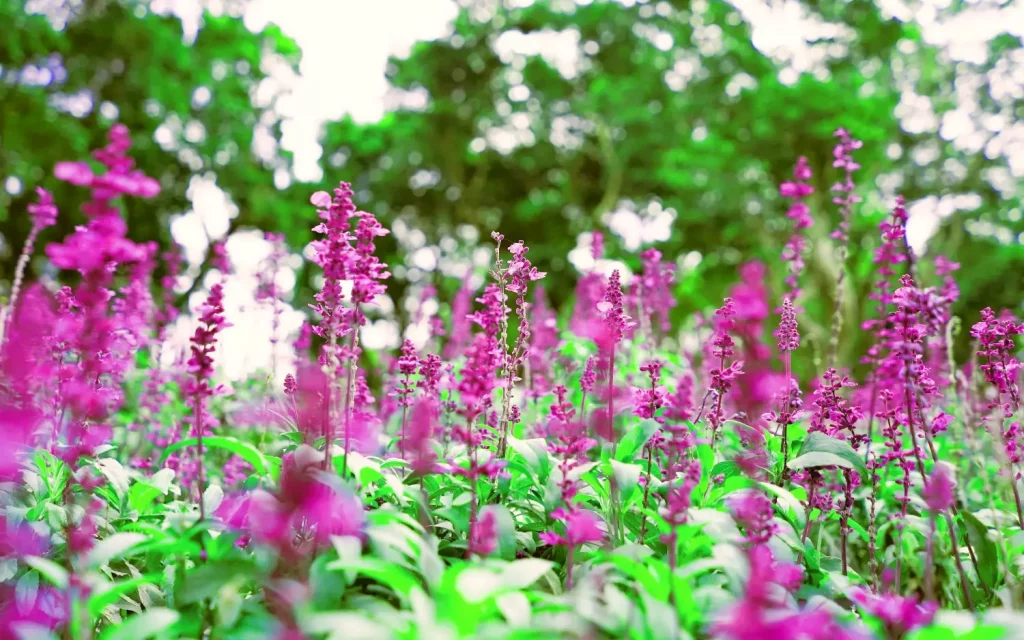
Late summer is an appropriate time to take the cuttings from these plants in order to ensure that they can be enjoyed for several years in the coming future. In areas with milder climates, gardeners need to protect them from frost by mulching with the help of rotted manure or compost. In colder regions, they must be lifted in the same way as Dahlias and placed in the containers indoors. Cutting should be avoided during the autumn season, as the foliage offers some protection from the winter frosts; rather, wait till late spring and then cut them.
Summing Up
All in all, Salvia is a popular choice for gardeners since it is a diversified and adaptable plant that comes in a variety of colours and sizes. Although they often require a little maintenance and with some care, gardeners can ensure their success in the garden. These plants can grow in a variety of soil types, but they usually prefer full light and soil that drains really well. While a monthly half dose of fertilizer can promote blooming, they do not need it in summer.
Perennial ones require pruning to prevent the lean and thin growth of plants and to promote fresh growth. Deadheading spent flowers might help them thrive again, and also by multiplying through the cutting and dividing method. Moreover, salvia can have rotted root or stem issues or aphids and spider mites as well, but generally, they are not prone to disease.
It is considered to be safe for humans as well as animals. There are some exceptional varieties, though, that are harmful if consumed.
Frequently Asked Questions
Salvia Plants Are Good for What?
These plants are good for attracting pollinators, adding texture and colour to the gardens, and also for providing a source of nectar for butterflies as well as hummingbirds. They are also used for culinary purposes and have some medicinal properties. Different varieties of this plant can be grown as annuals or perennials, depending on the type of climate.
Is It True that All Salvia Smell?
Well, partially, it is true, but also, at the same, it is not true for some varieties of salvia since not all of them have a strong aroma. The scents vary according to the species and variety. Some have a sweet, fruity, or floral fragrance, while others have a more herbal or medicinal smell.
Where Can We Find Salvia?
You can find Salvia worldwide since it is a large genus of plants, with the majority of them found in Central and South America, Mexico, and the southwestern United States. However, some of them can also be found in Asia, Africa, and Europe. They are cultivated in many parts of the world as ornamental plants, culinary herbs, and also for their medicinal properties.
What Type of Fertiliser Is Good for Salvia?
Balanced and all-purpose fertilizers are the best type of these plants. Organic like compost or well-rotted manure can also be used to enrich the soil quality. It is important to remember not to over-fertilize because that can cause excessive growth and reduced flowering. It is also important to follow the instructions when using any type of fertilizer to avoid any type of damage to the plants.
Why Does Salvia Die?
They die due to distinguished reasons, like over or under-watering, pests and diseases like powdery mildew or stem and root rot, extreme temperatures, poor soil conditions, or simply due to old age also. It is important to properly care for your Salvia and address any issues immediately to ensure they are in a healthy condition and are thriving.

![How to Grow and Prune Lavender [Winter Care Tips]](https://staging.thearches.co.uk/wp-content/uploads/Lavender-Winter-Care-Guidelines.jpg)
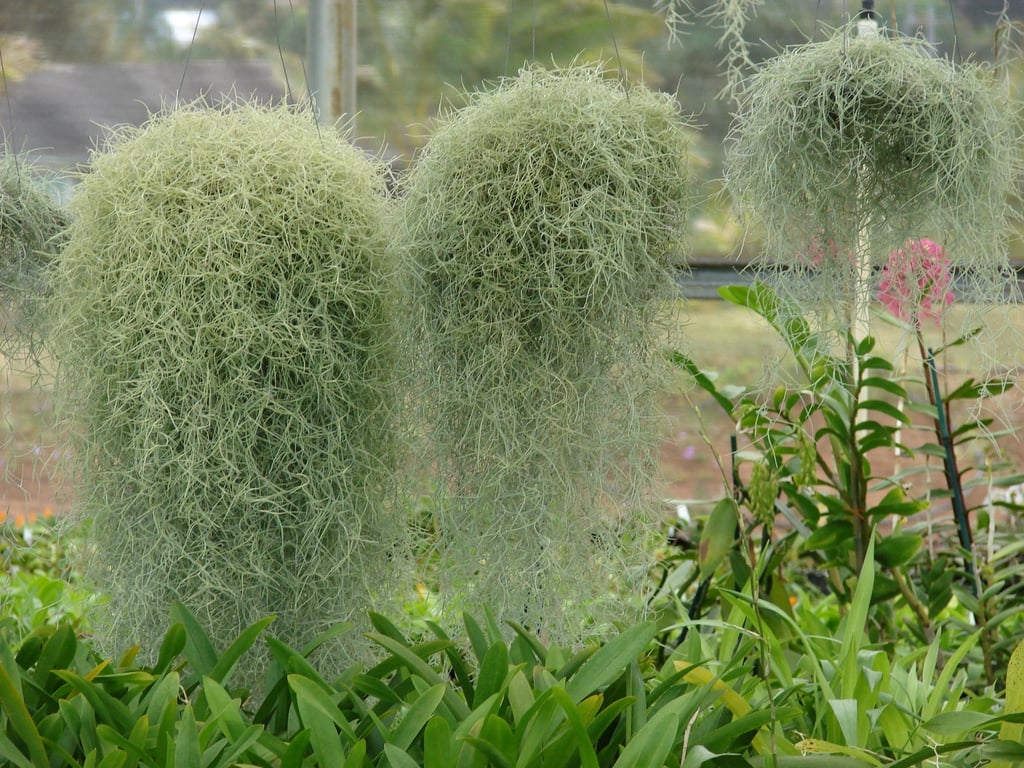
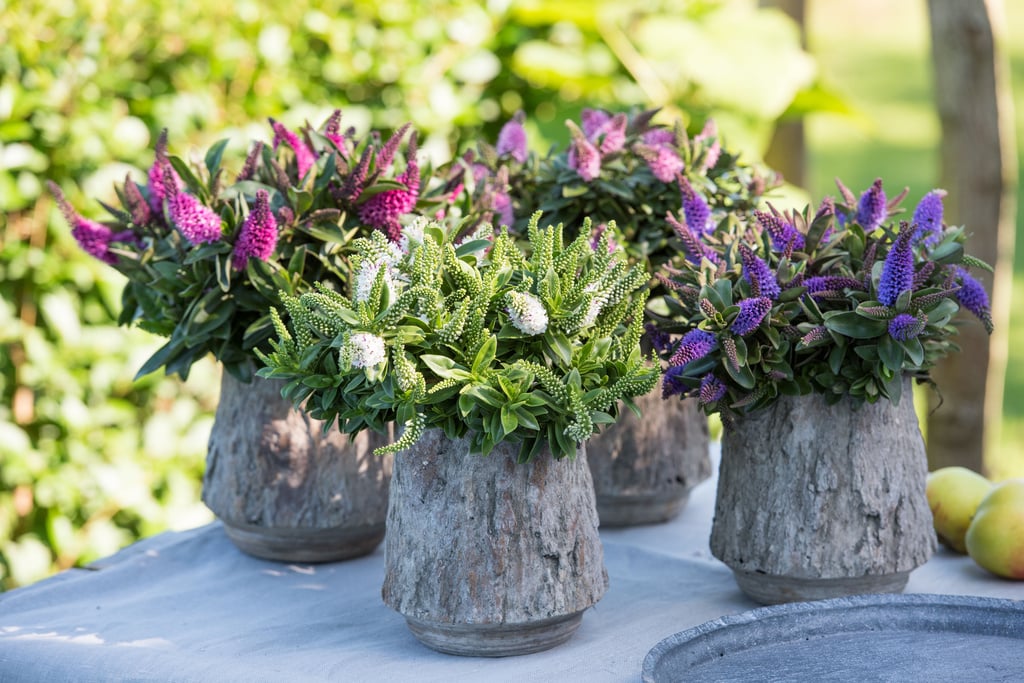
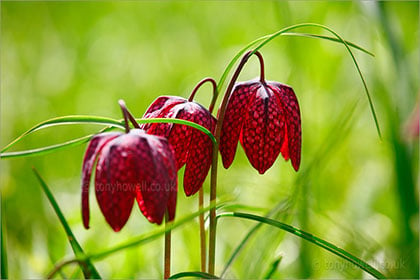
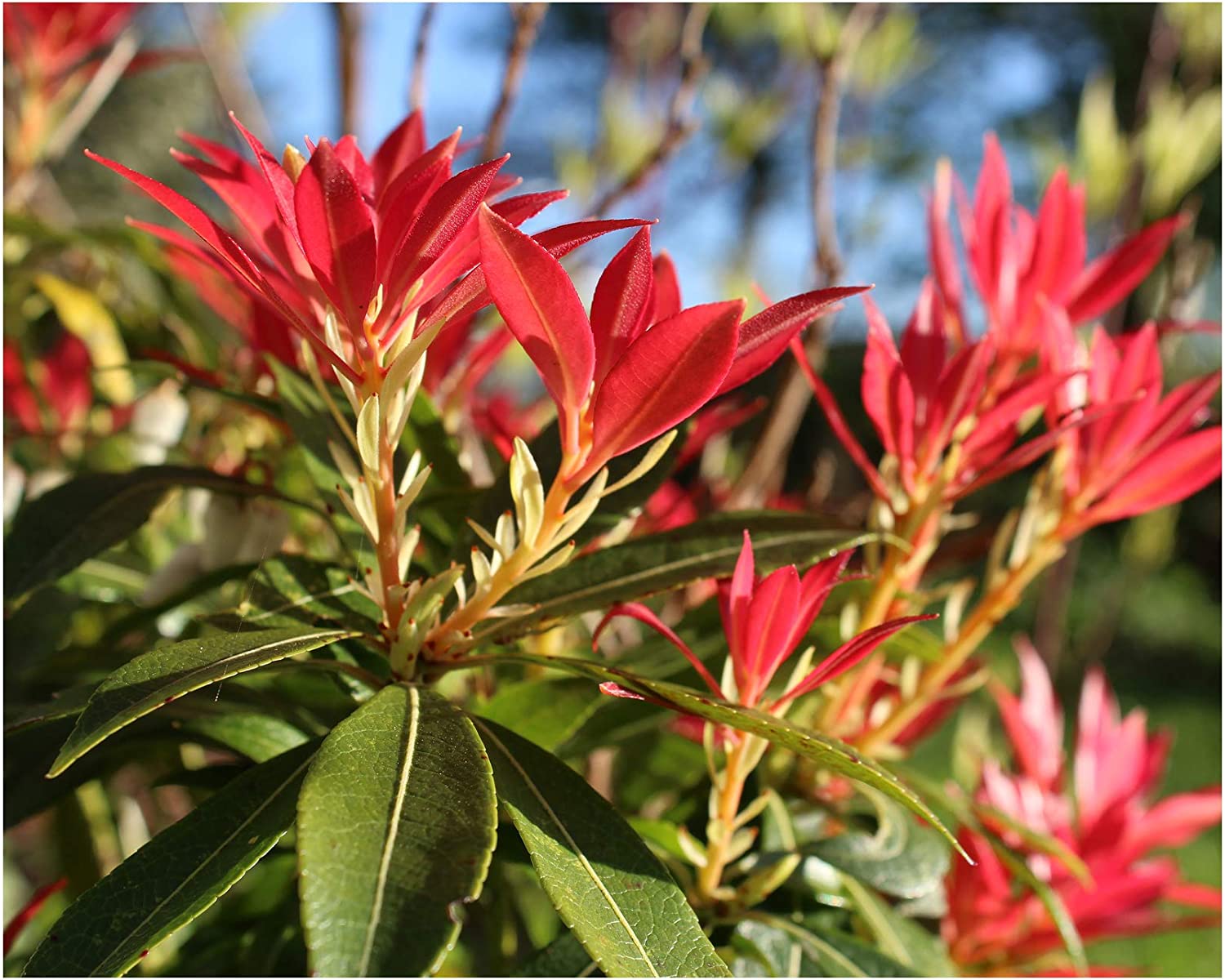
![How and When to Plant Geraniums [UK]](https://staging.thearches.co.uk/wp-content/uploads/Sowing-Geranium-Seeds-In-5-Steps-scaled.jpg)